A fast-charging fat tire electric bike combines rugged all-terrain capability with rapid battery replenishment, allowing riders to spend more time on the trail and less time waiting to recharge. Equipped with powerful motors and wide tires for stability on snow, sand, and rough terrain, these ebikes use advanced battery management and high-amperage chargers to reduce charging times to as little as 1.5 to 3 hours, making them ideal for extended adventures and daily commuting.
How Does Fast Charging Benefit Fat Tire Ebike Riders?
Fast charging drastically reduces downtime by replenishing battery capacity quickly—often 80% charge in under 3 hours—allowing riders to resume their journeys without long waits. This is especially valuable for fat tire ebike riders who cover challenging terrain and need frequent recharges. Fast charging supports spontaneous trips and multi-ride days, enhancing convenience and flexibility.
Chart: Charging Time Comparison for Fat Tire Ebikes
| Charger Output | Battery Capacity | Approximate Full Charge Time |
|---|---|---|
| 2A | 15Ah | 7-8 hours |
| 4A | 15Ah | 3.5-4 hours |
| 6A (Fast Charge) | 15Ah | 1.5-2.5 hours |
What Technology Enables Fast Charging in Fat Tire Ebikes?
Fast charging relies on high-quality lithium-ion battery cells combined with advanced Battery Management Systems (BMS) that regulate voltage, current, and temperature to safely accelerate charging without damaging the battery. Chargers with higher amperage (4A to 6A) deliver increased current, reducing charge times while maintaining battery health. Proper thermal management and certified chargers are essential to prevent overheating and prolong battery lifespan. Do you offer financing or installment payments?
Which Terrains and Uses Benefit Most from Fast-Charging Fat Tire Ebikes?
Fat tire ebikes excel on snow, sand, mud, and rocky trails, where wide tires provide traction and stability. Fast charging enables riders to tackle long off-road adventures or multiple urban commutes in a day without lengthy recharging breaks. This combination suits outdoor enthusiasts, commuters with tight schedules, and anyone seeking reliable, versatile transportation with minimal downtime.
Why Are Fat Tires Important for High-Performance Fast-Charging Ebikes?
Fat tires, typically 4 to 5 inches wide, increase ground contact for superior grip and shock absorption on rough terrain. They complement fast-charging systems by allowing riders to maintain higher speeds and control over diverse surfaces without compromising comfort. The durability and puncture resistance of fat tires also reduce maintenance interruptions, maximizing ride time between charges.
How Does TST EBike Integrate Fast Charging in Their Fat Tire Models?
TST EBike offers fat tire ebikes equipped with 48V 15Ah or 20Ah batteries and chargers supporting 4A to 6A output, enabling full or near-full charges in under 3 hours. Their models feature durable frames, wide puncture-resistant tires, and powerful motors (750W to 1300W) designed for snow, sand, and mountain trails. TST EBike balances fast charging with battery longevity through optimized BMS and quality components.
Buying Tips
When buying a fast-charging fat tire electric bike, consider:
- Battery capacity (15Ah or higher) and charger amperage (4A+).
- Certified Battery Management Systems for safe fast charging.
- Durable fat tires (4 inches or wider) with puncture resistance.
- Motor power (750W to 1300W) matching your terrain needs.
- Frame strength and suspension for comfort on rough rides.
- Availability of replacement parts and warranty support.
Test charging times and battery health if possible, and avoid uncertified chargers to protect your investment.
TST EBike Expert Views
“TST EBike’s fast-charging fat tire models combine high-capacity batteries with advanced BMS and 6A chargers to minimize downtime while delivering rugged performance. Our 26-inch and 27-inch fat tire ebikes are engineered for diverse terrains and long-range rides, ensuring riders can recharge quickly and confidently continue their adventures.” – TST EBike Product Specialist
FAQ
How fast can a fat tire ebike battery charge?
With a 6A fast charger, 15Ah batteries can reach 80% charge in about 1.5 to 2.5 hours.
Does fast charging reduce battery lifespan?
Frequent fast charging can accelerate battery wear by 15-20% over 500 cycles; use it sparingly for best longevity.
Are fat tire ebikes suitable for urban commuting?
Yes, they offer stability and comfort, though wider tires may slightly reduce range compared to slim tires.
Can I use any charger for fast charging?
No, use manufacturer-certified chargers to ensure safety and battery health.
What are the disadvantages of fat tire eBikes?
Fat tire eBikes are heavier and bulkier, making them harder to transport and less agile in tight spaces. Their large tires increase rolling resistance, reducing speed and draining the battery faster. They also tend to be more expensive and require more maintenance. However, the trade-off is enhanced stability and comfort on rough terrain.
How to make an electric fat bike faster?
To make a fat bike faster, reduce weight by removing unnecessary accessories, increase tire pressure for less rolling resistance, and consider upgrading the motor controller for higher current. Adjusting gear ratios for higher speed or using a higher voltage battery can also help, but always balance speed with safety and battery life.
Is it bad to leave an eBike plugged in all the time?
Leaving an eBike plugged in constantly can degrade the battery over time due to trickle charging and heat buildup. It's best to unplug once fully charged and avoid overcharging to maintain battery health and extend its lifespan, including on TST EBike models.
Why get a fat tire on an electric bike?
Fat tires on an electric bike provide superior traction, stability, and comfort on rough, loose, or slippery terrain like sand, snow, or gravel. They absorb shocks better, allowing safer and more enjoyable rides off-road or in adverse conditions, making them ideal for adventurous riders and versatile commuting.
Fast-charging fat tire electric bikes uniquely combine rapid recharge times with rugged, versatile performance, enabling riders to maximize adventure and minimize downtime across diverse terrains.

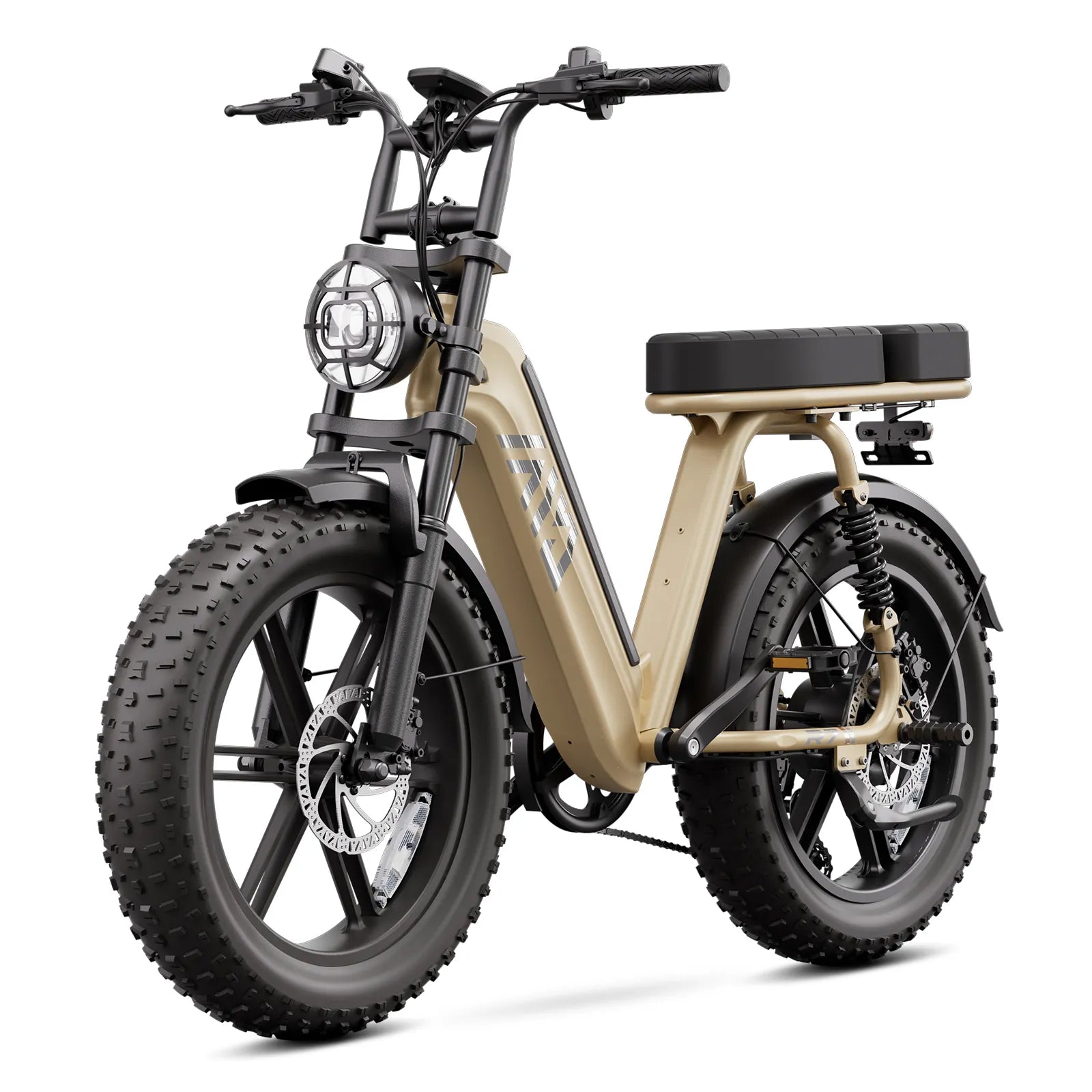
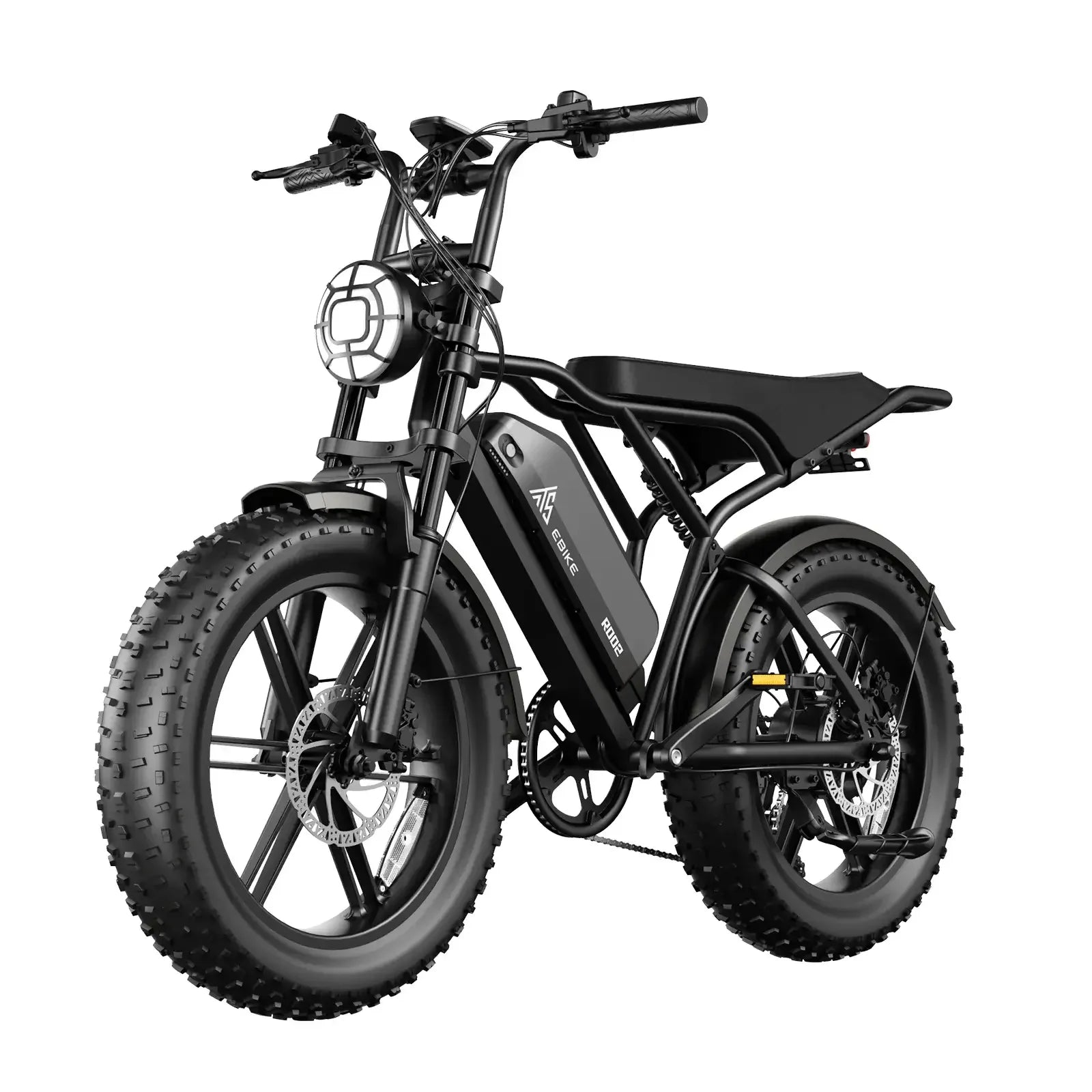

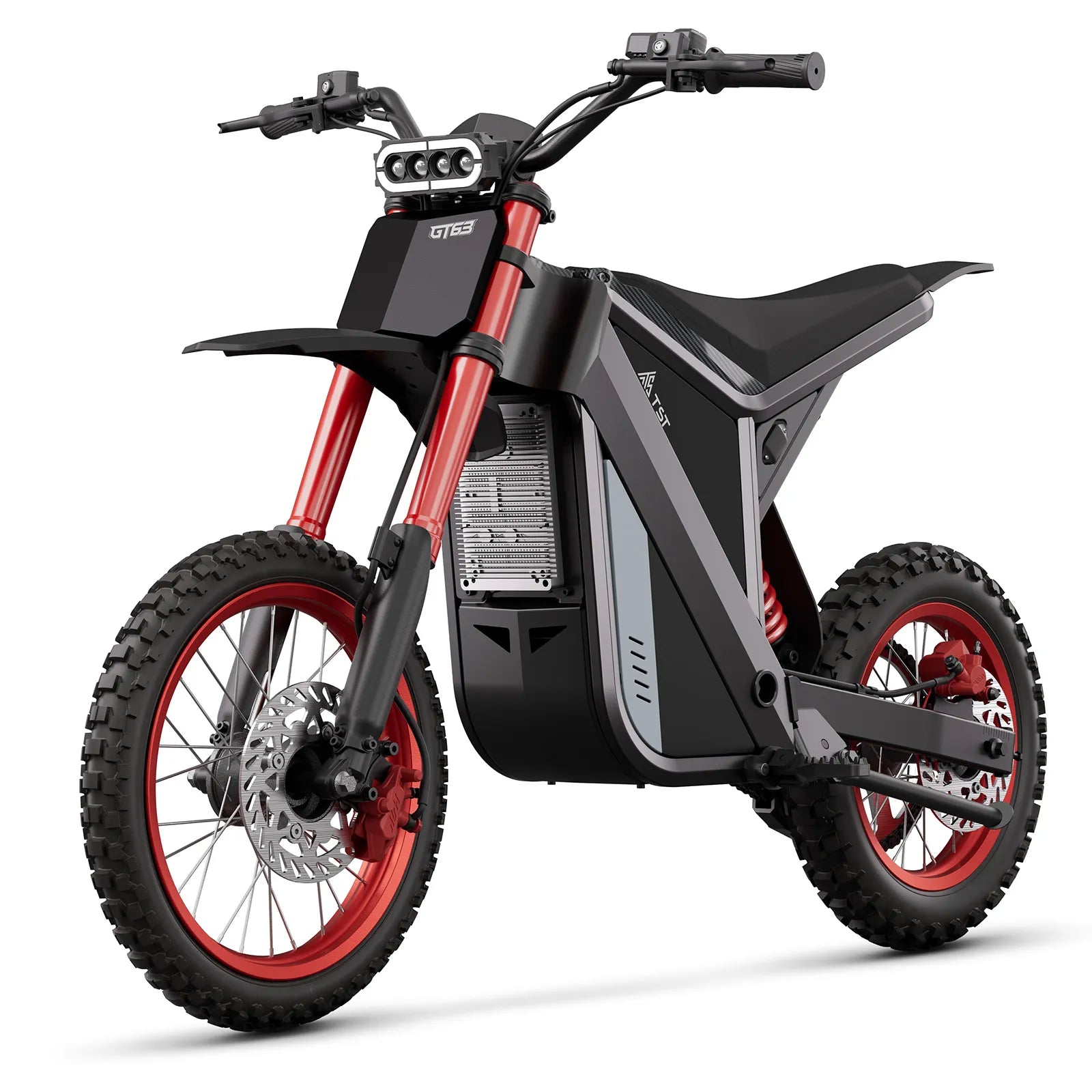
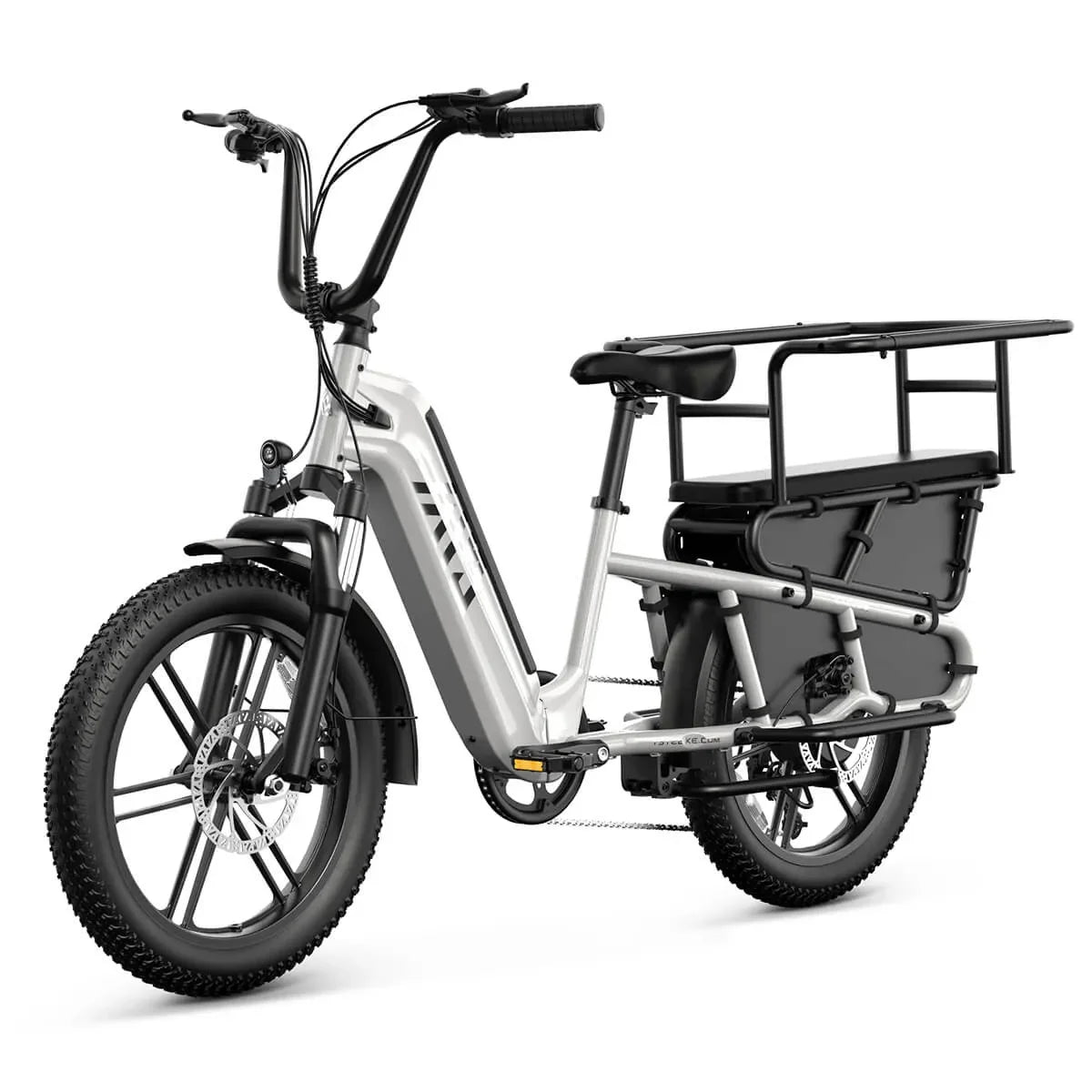
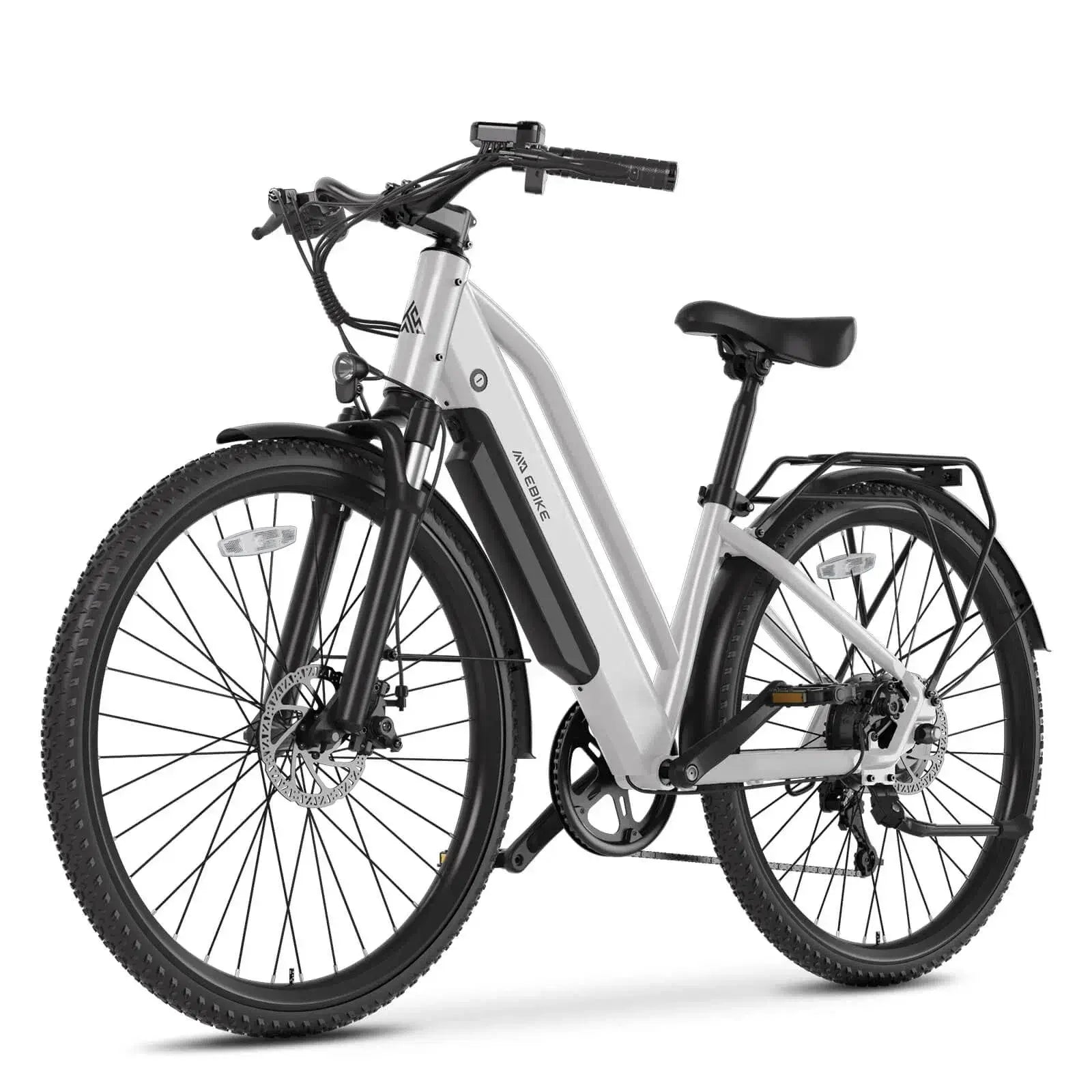
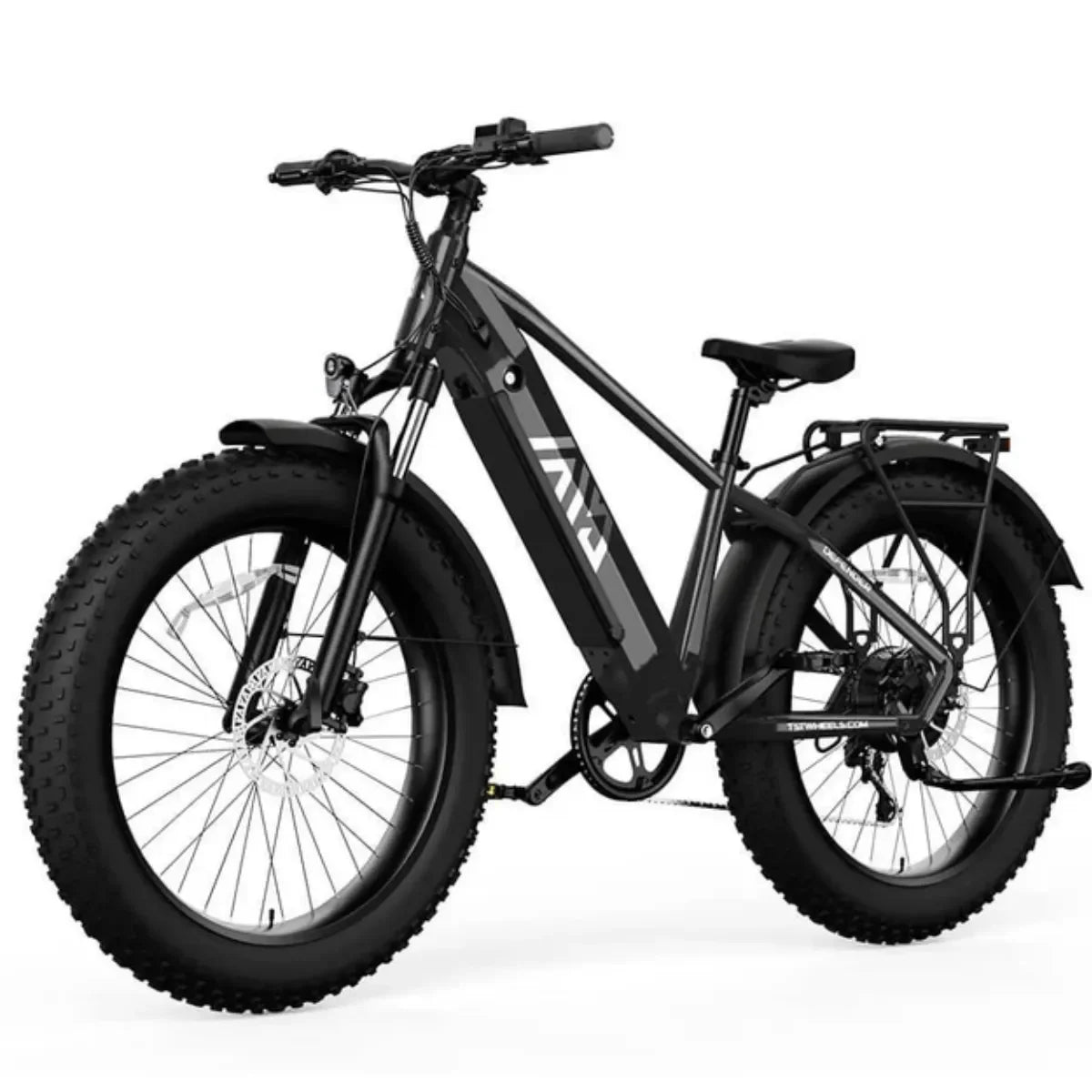
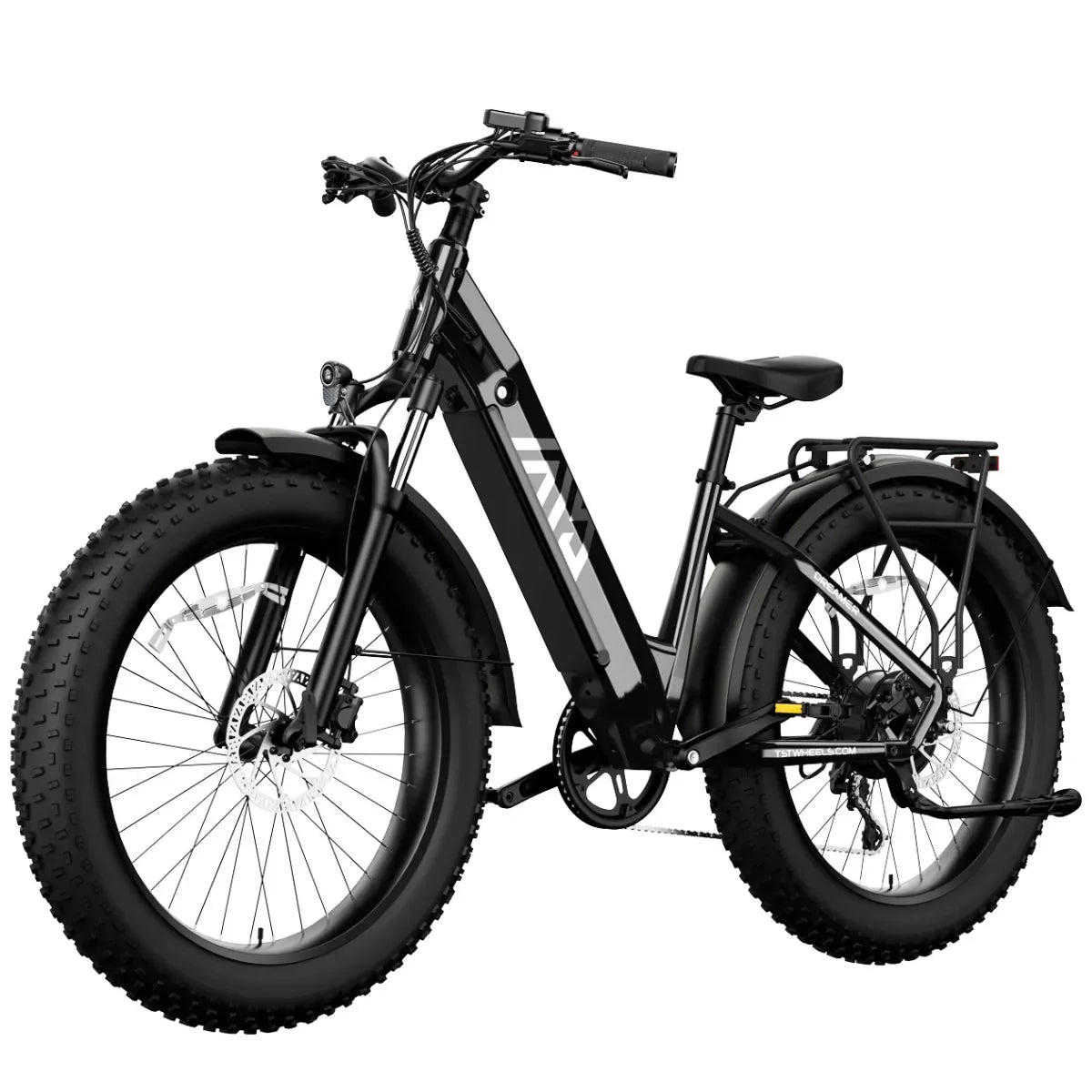

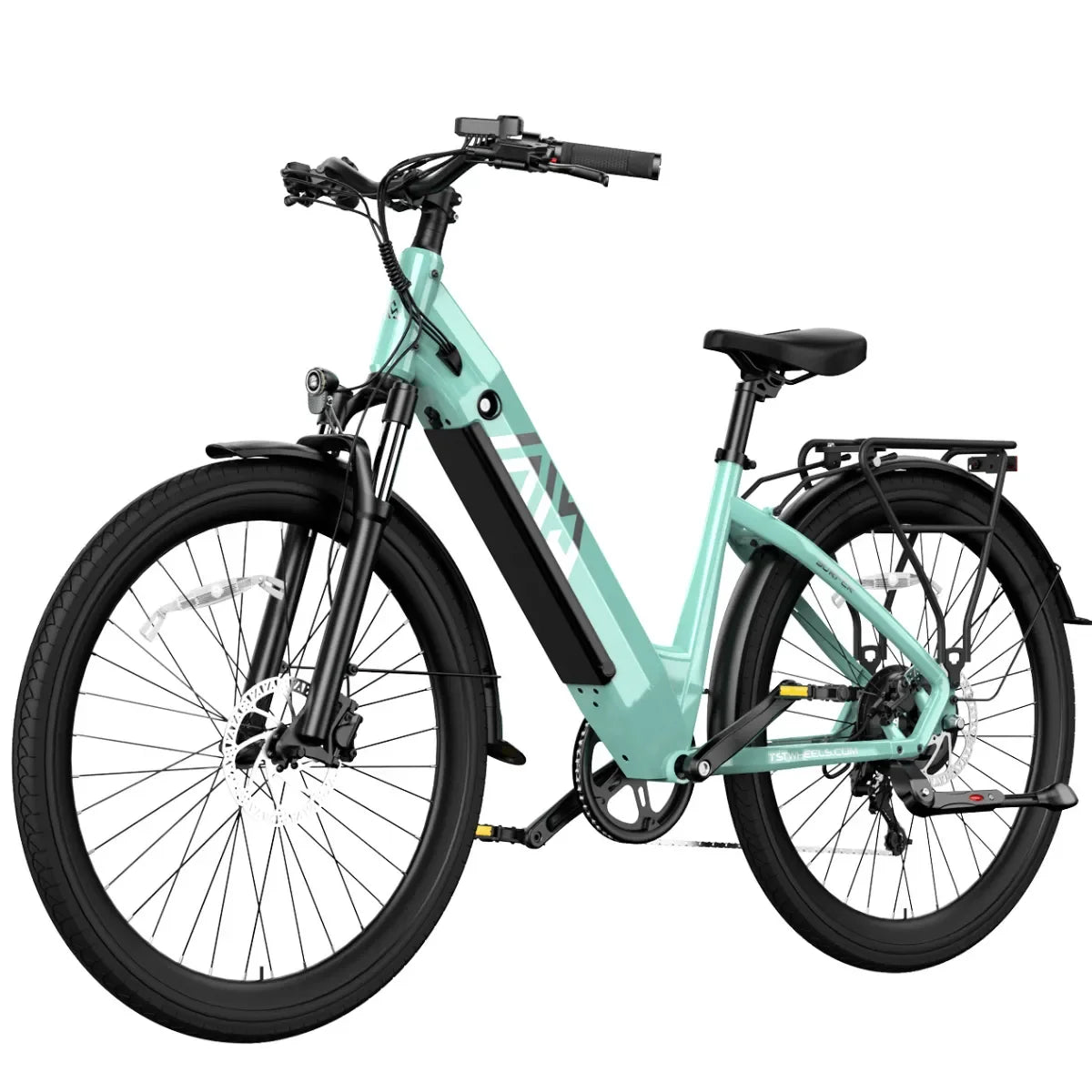
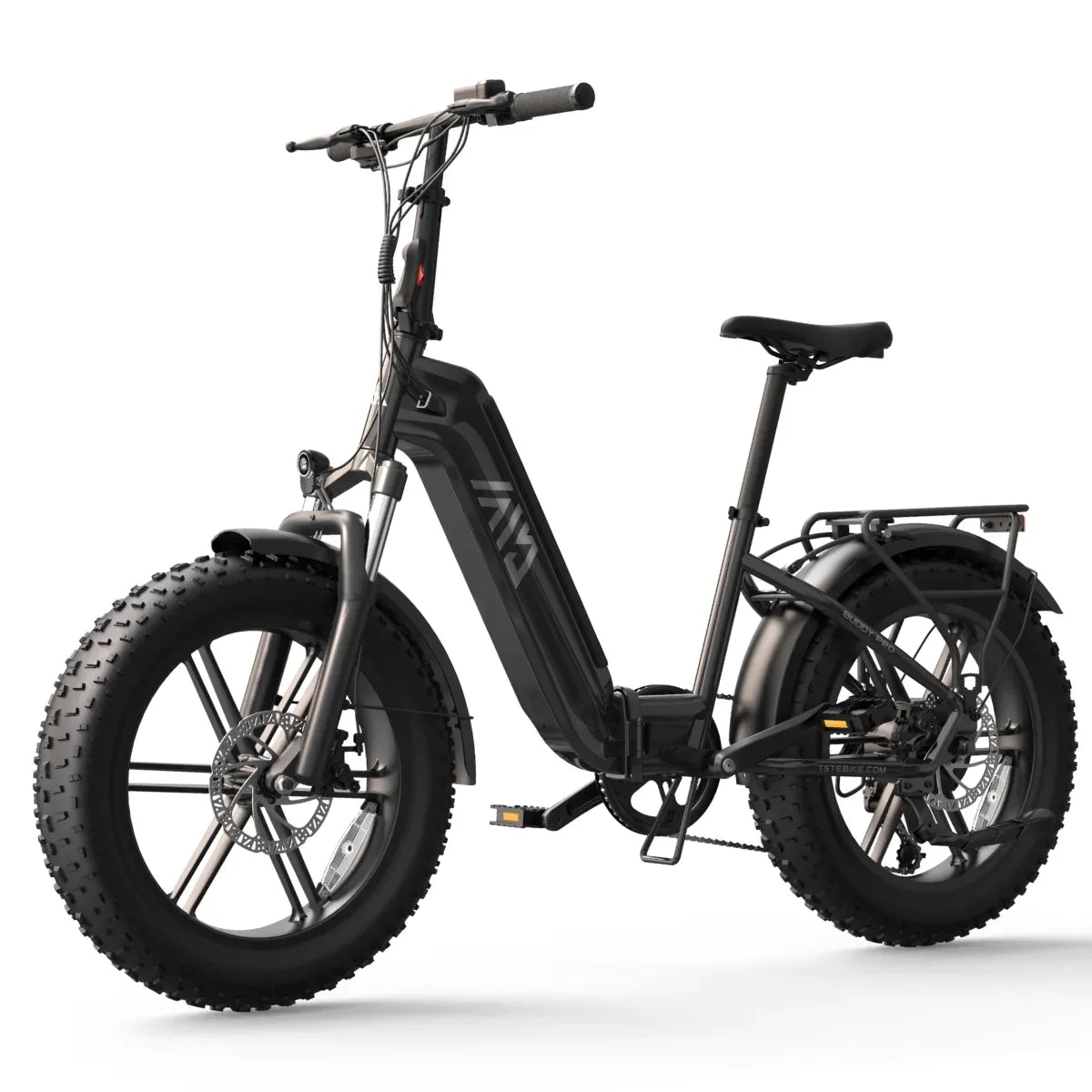
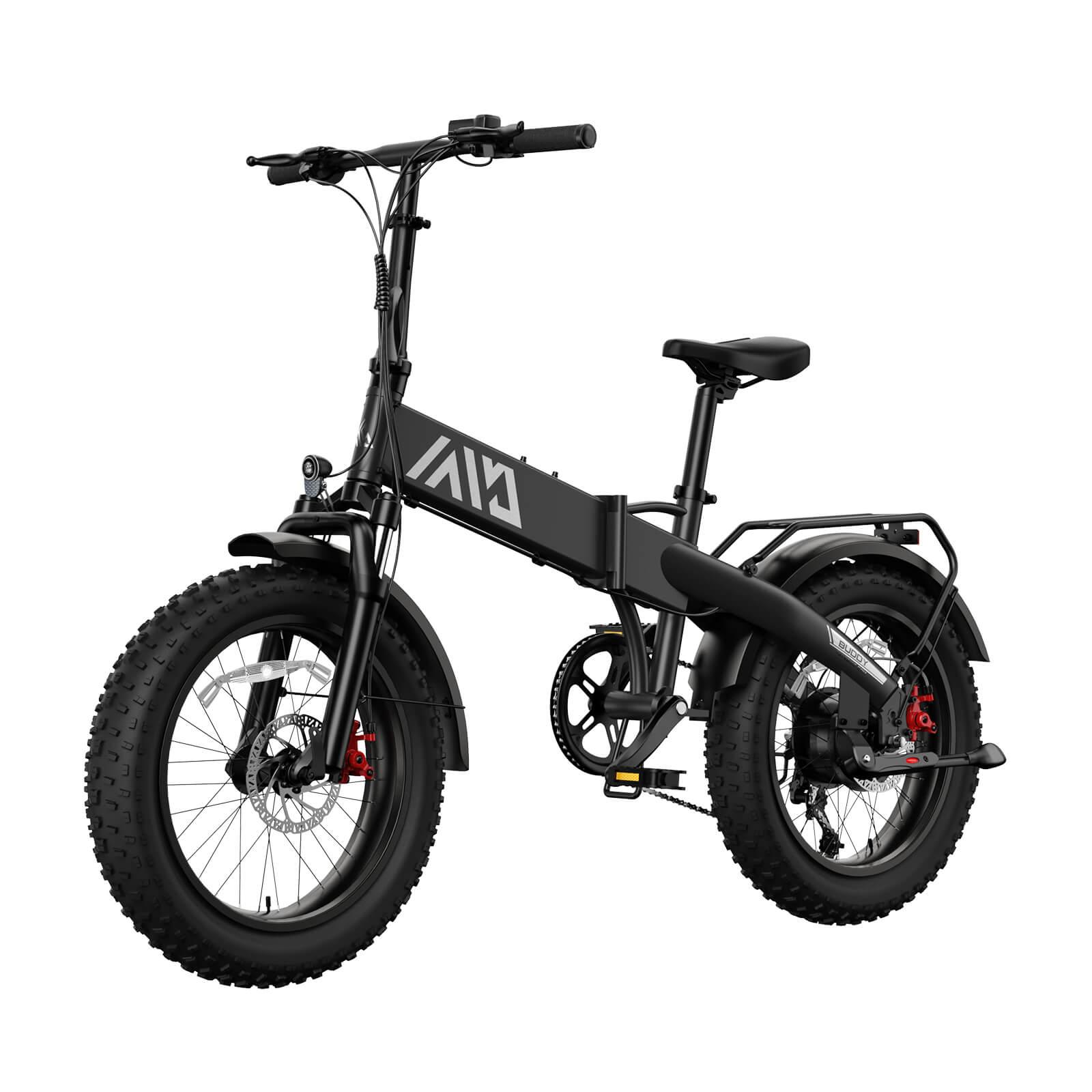
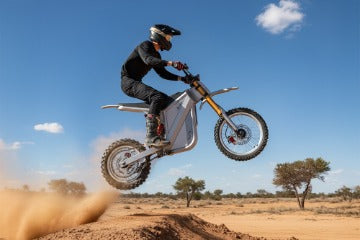
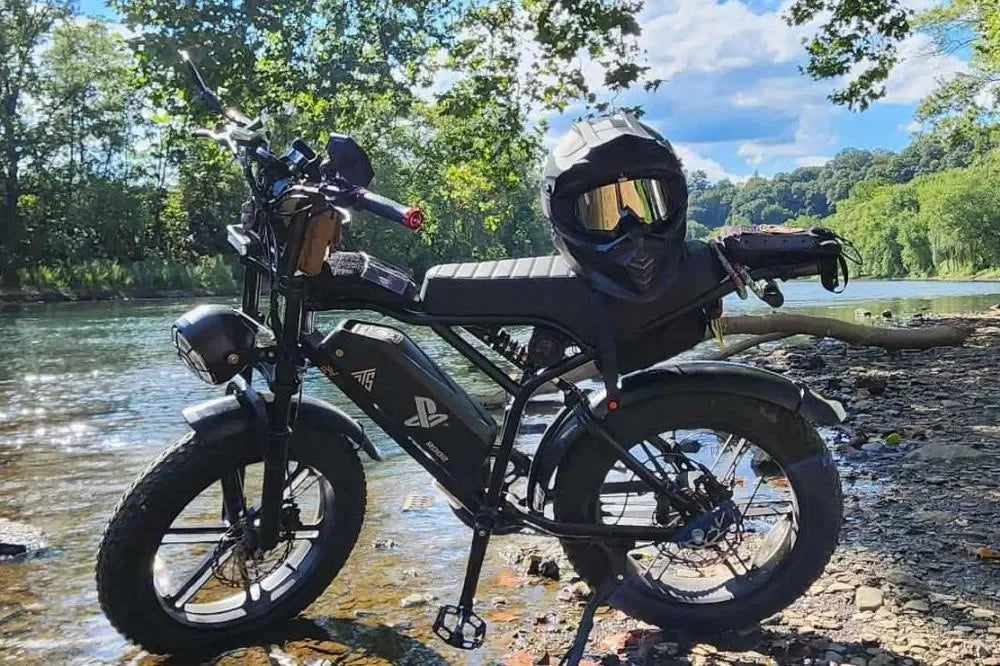
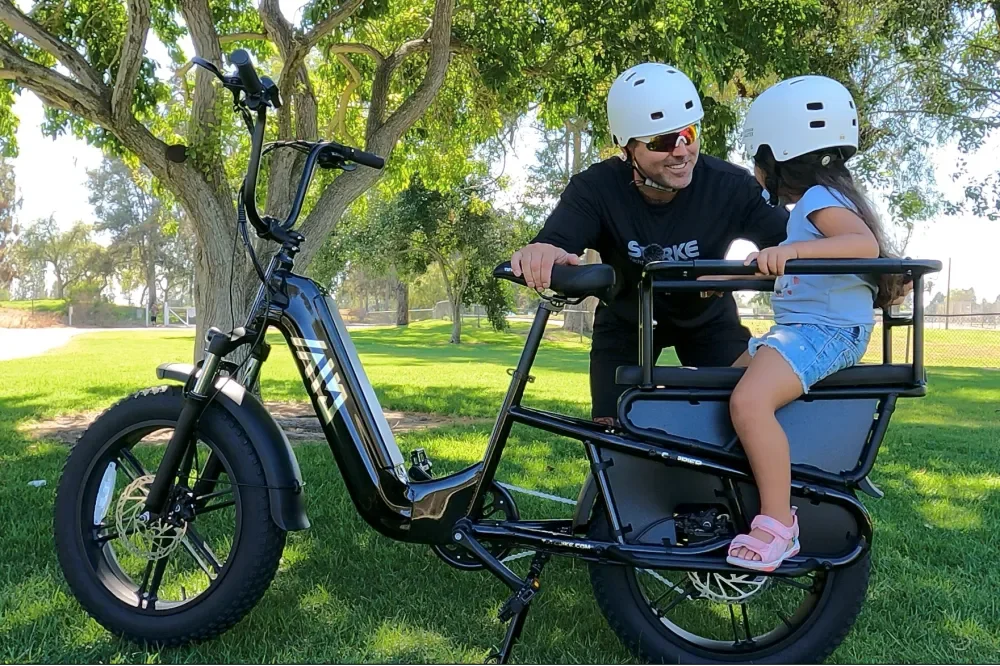
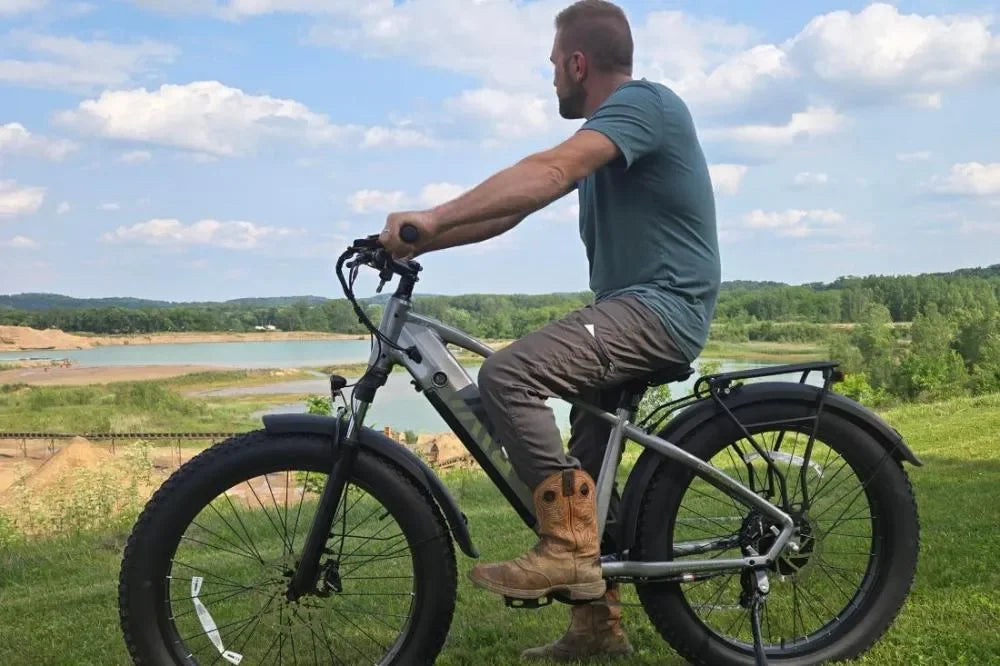
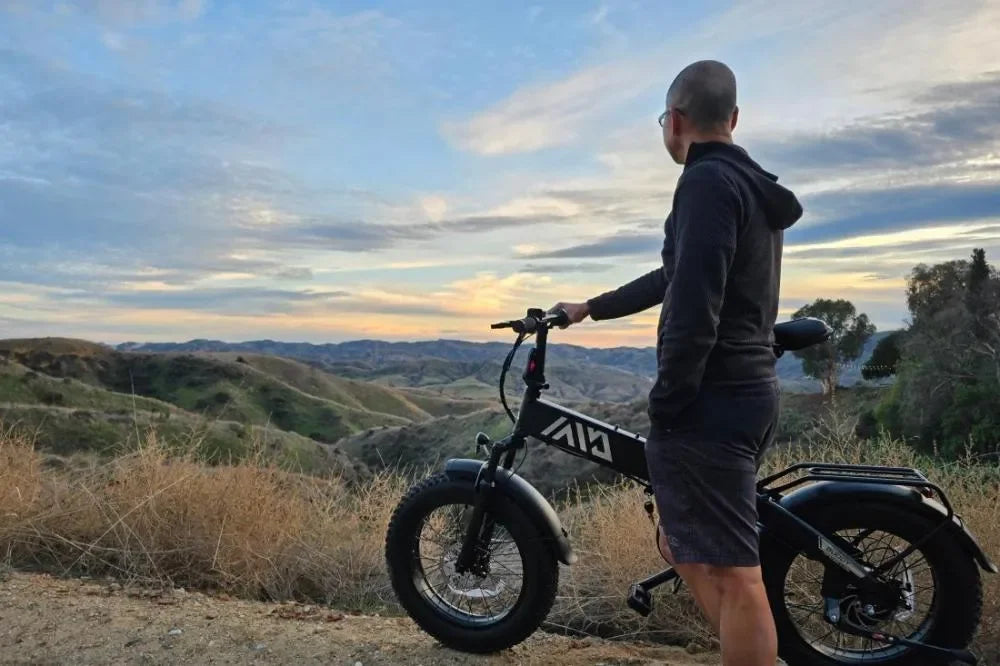
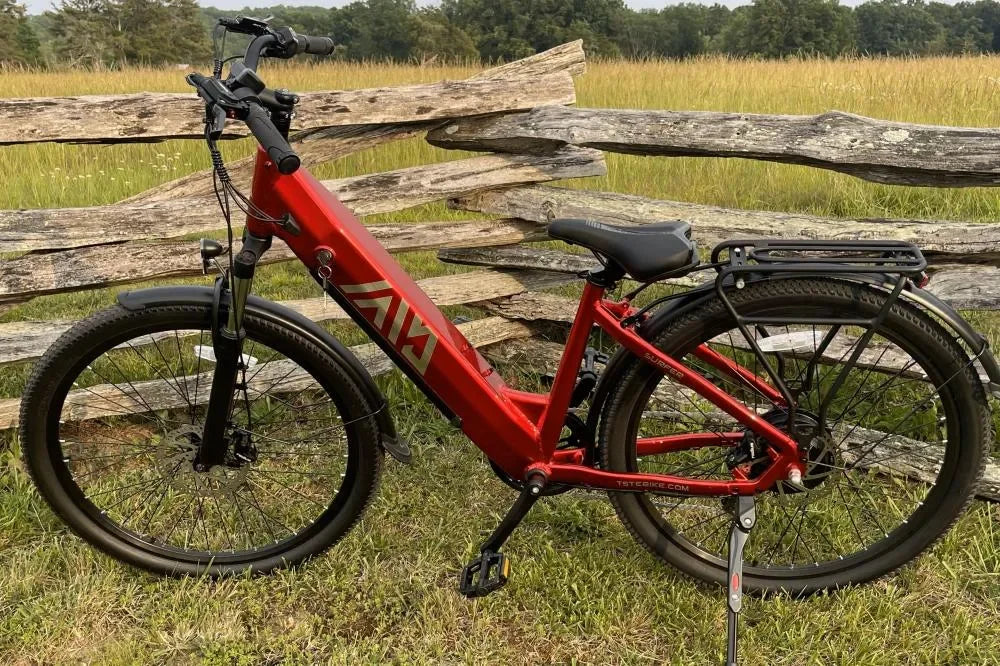
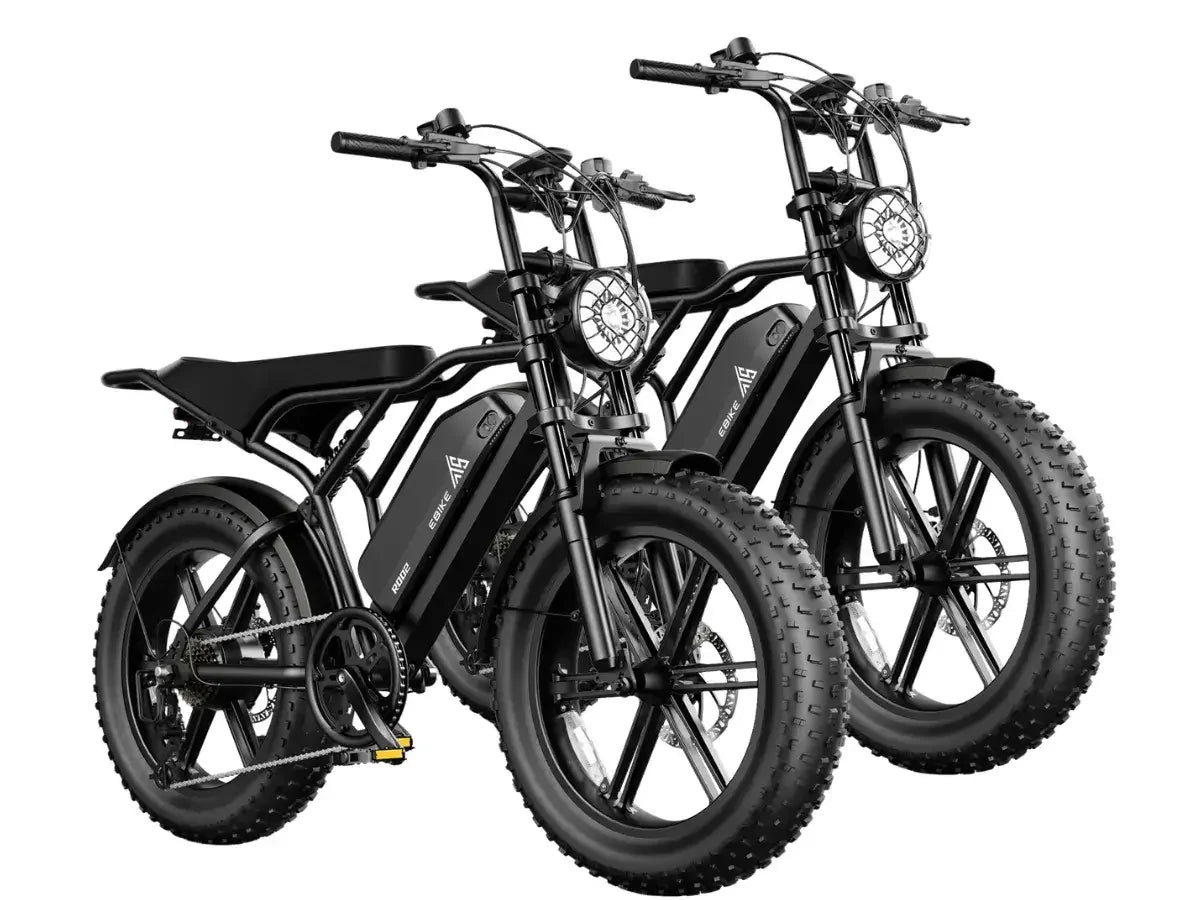
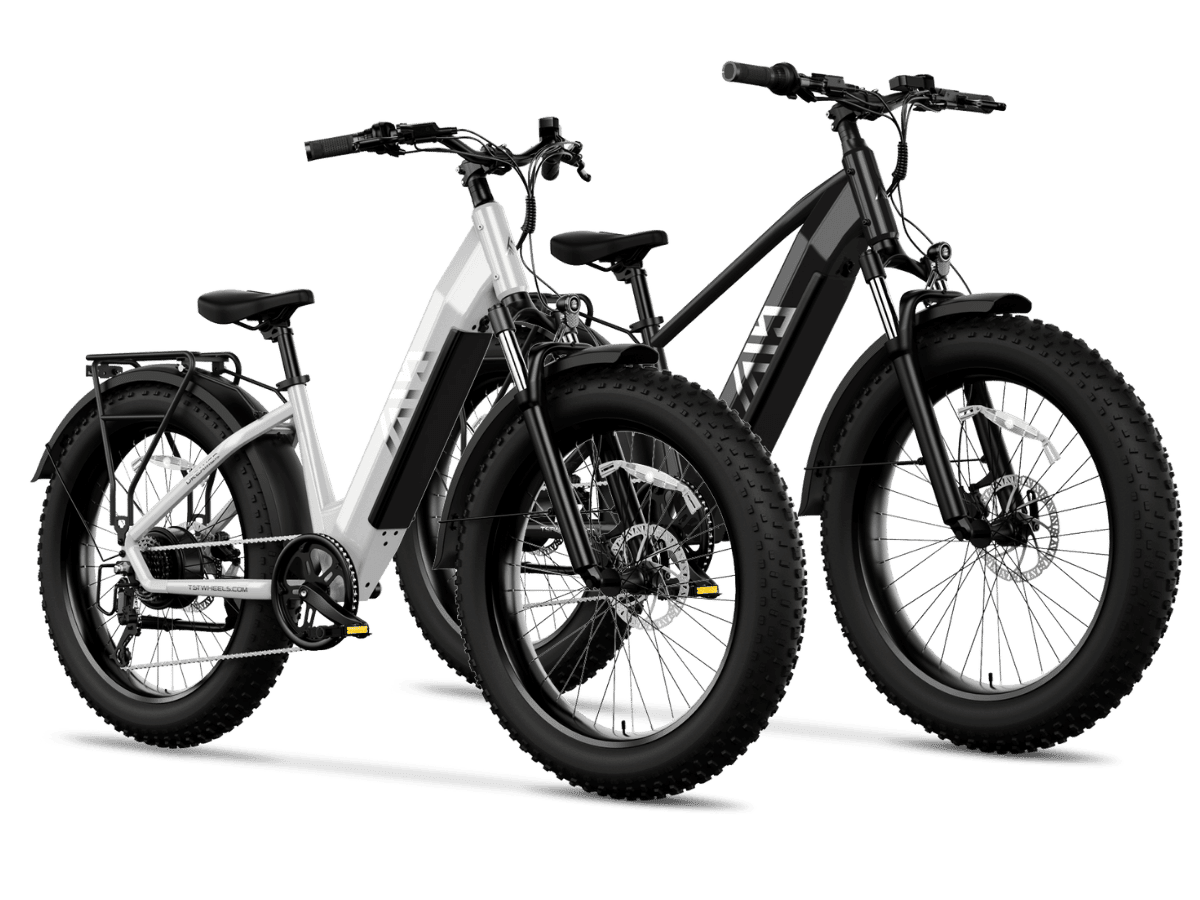
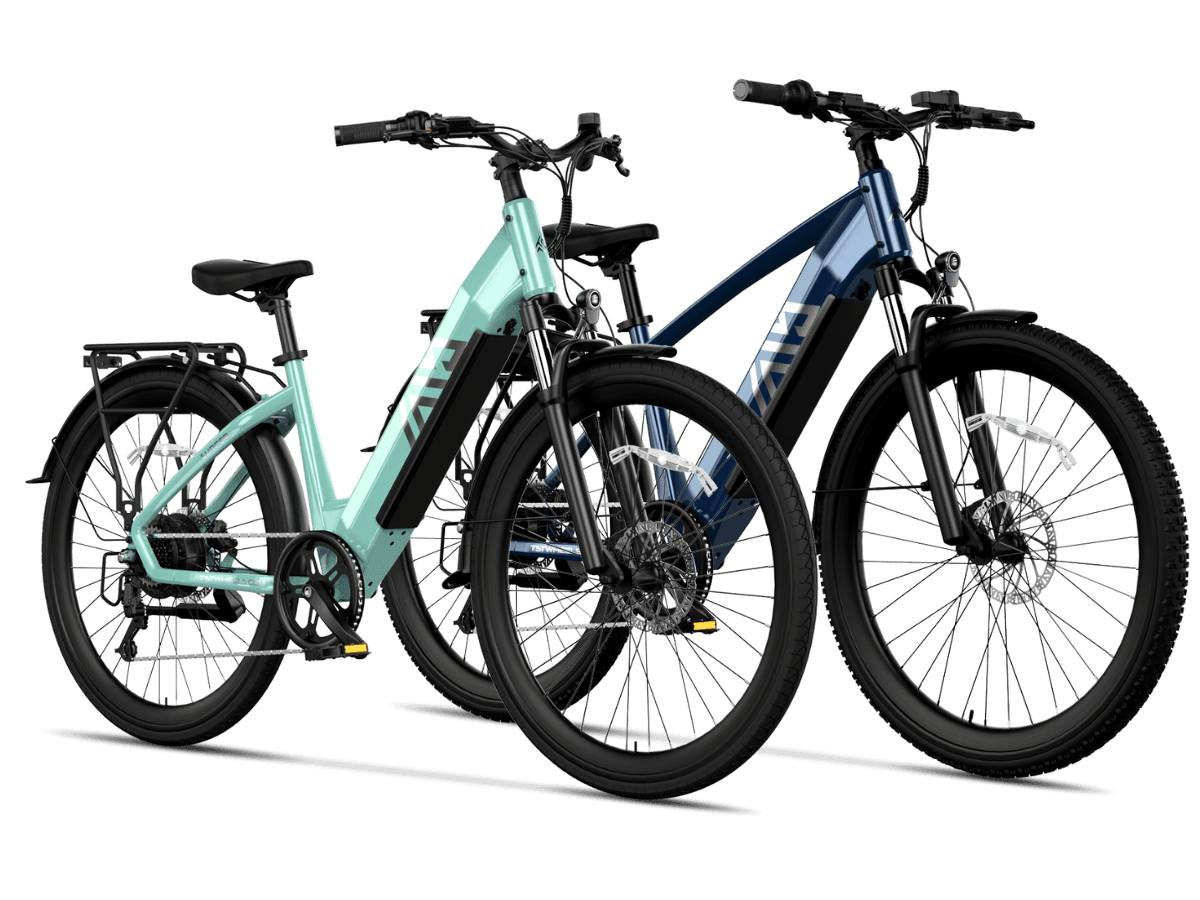
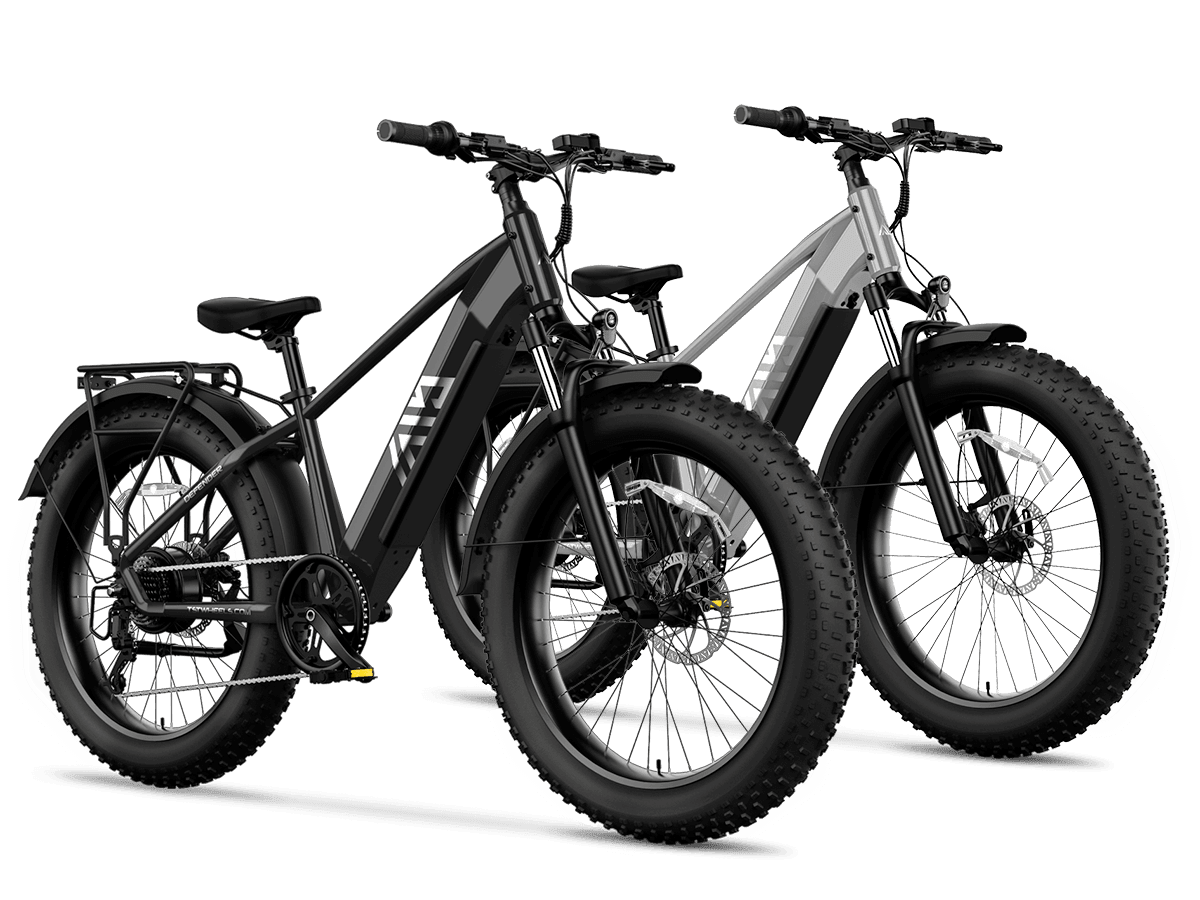
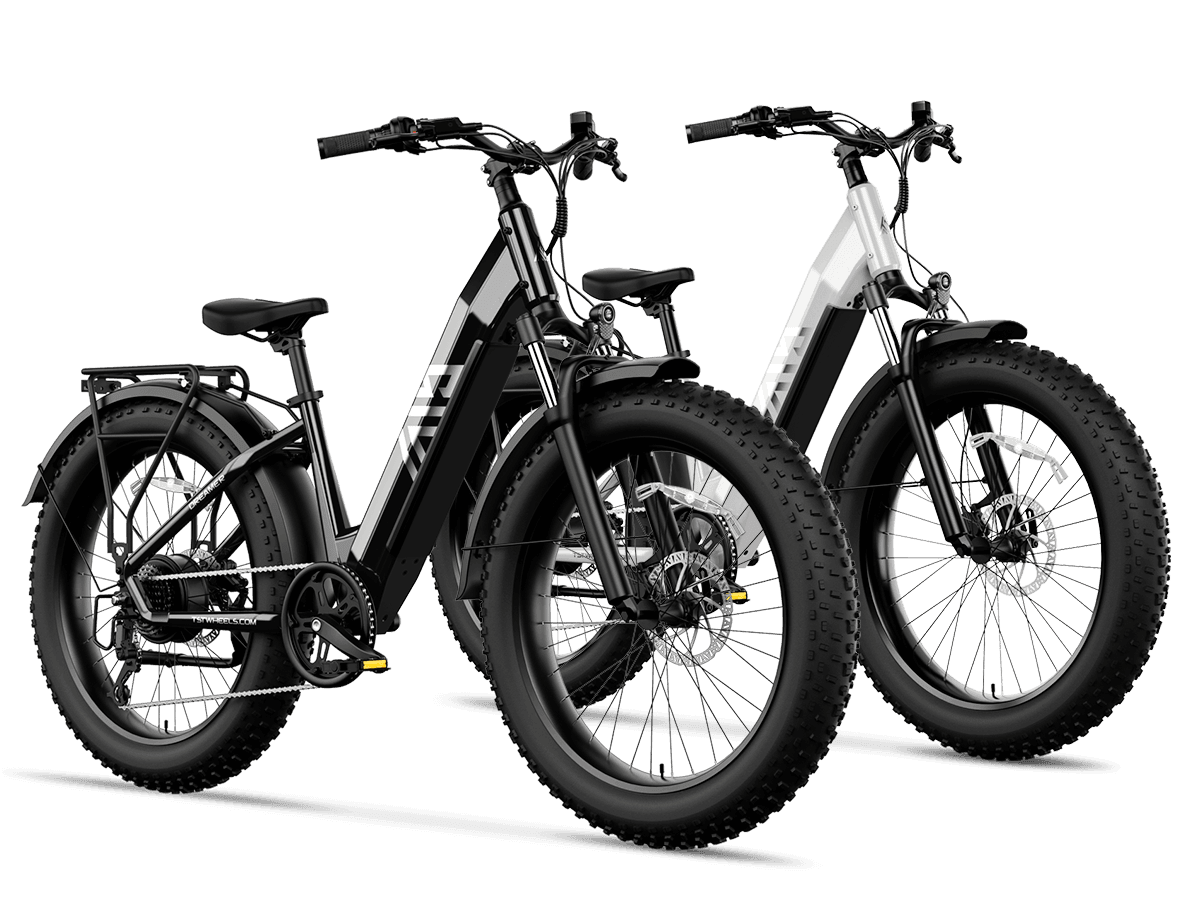
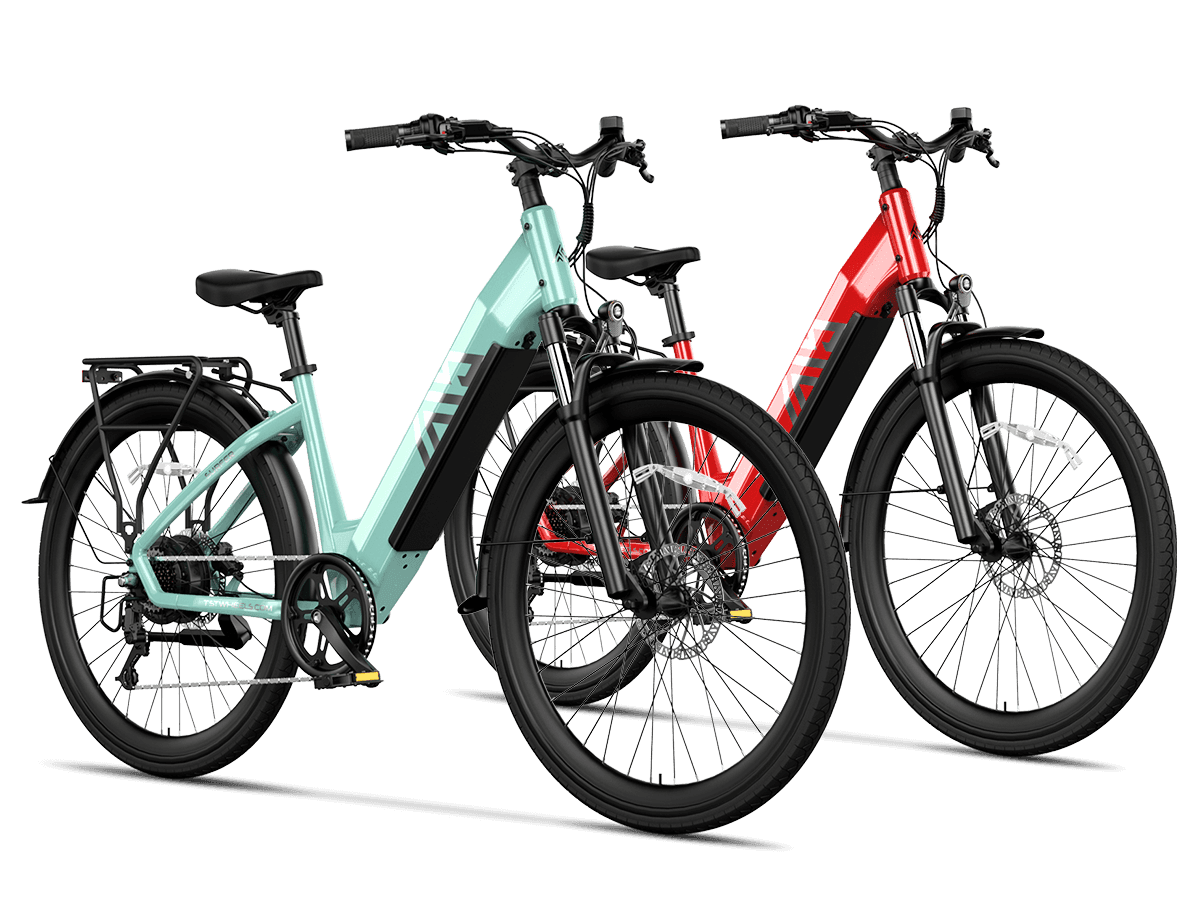
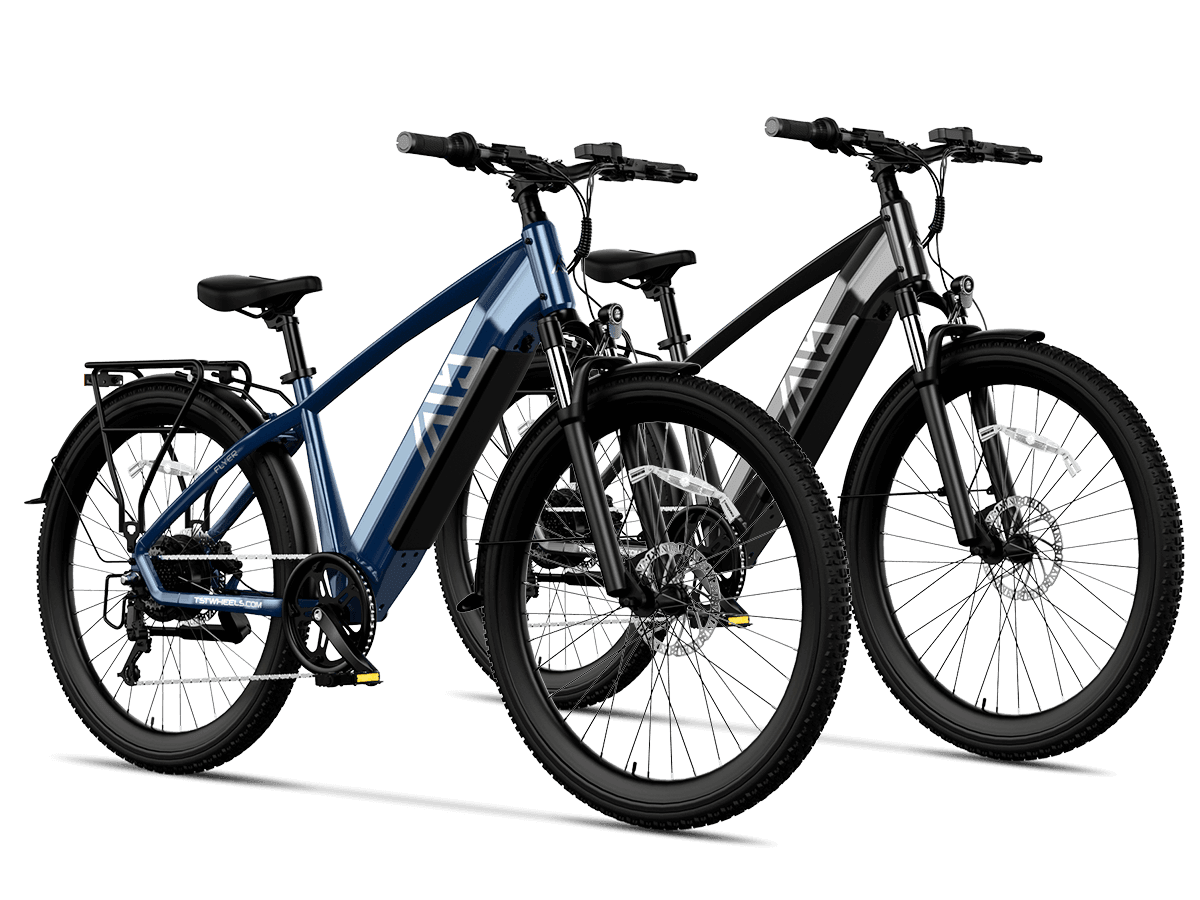
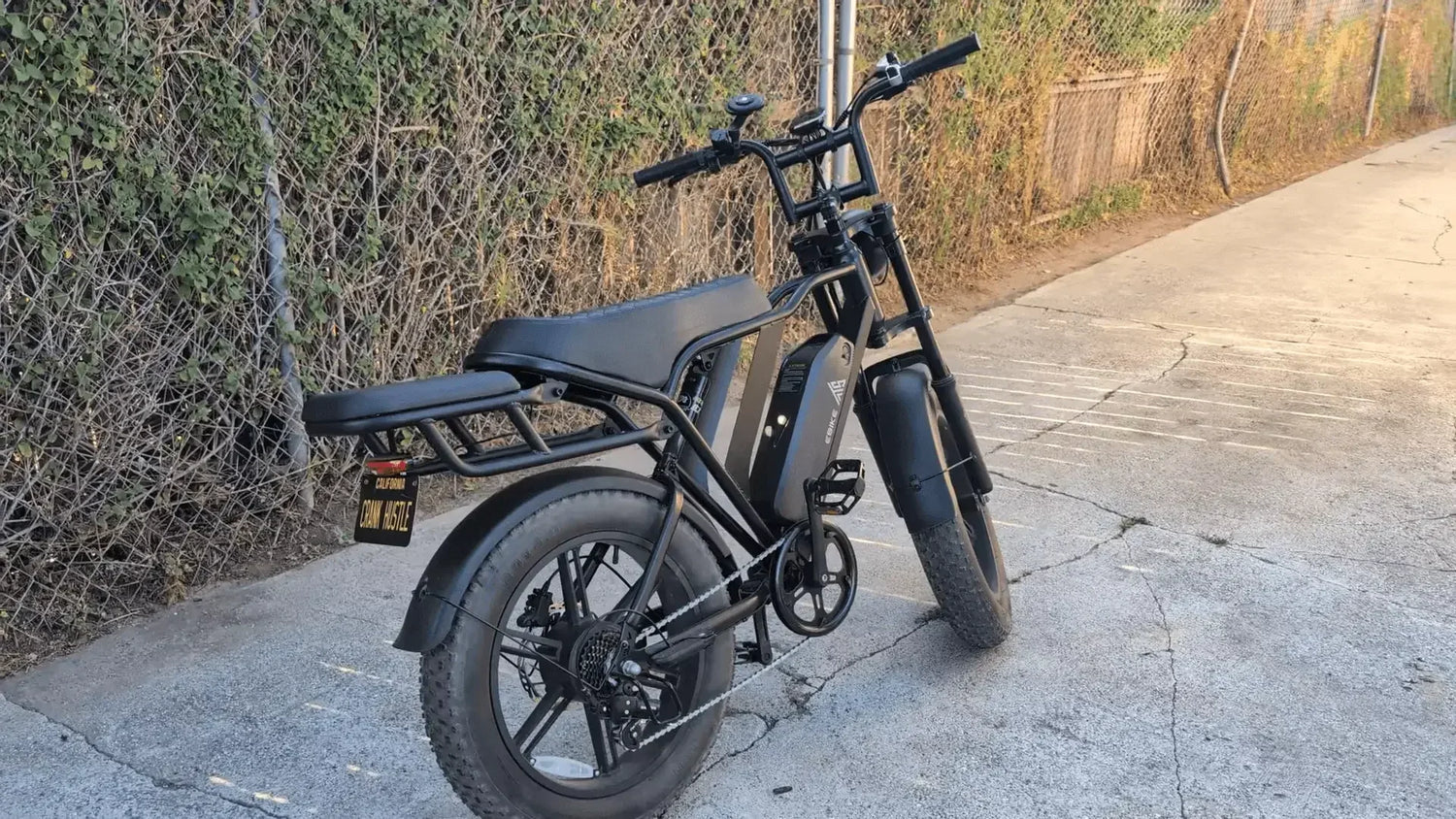
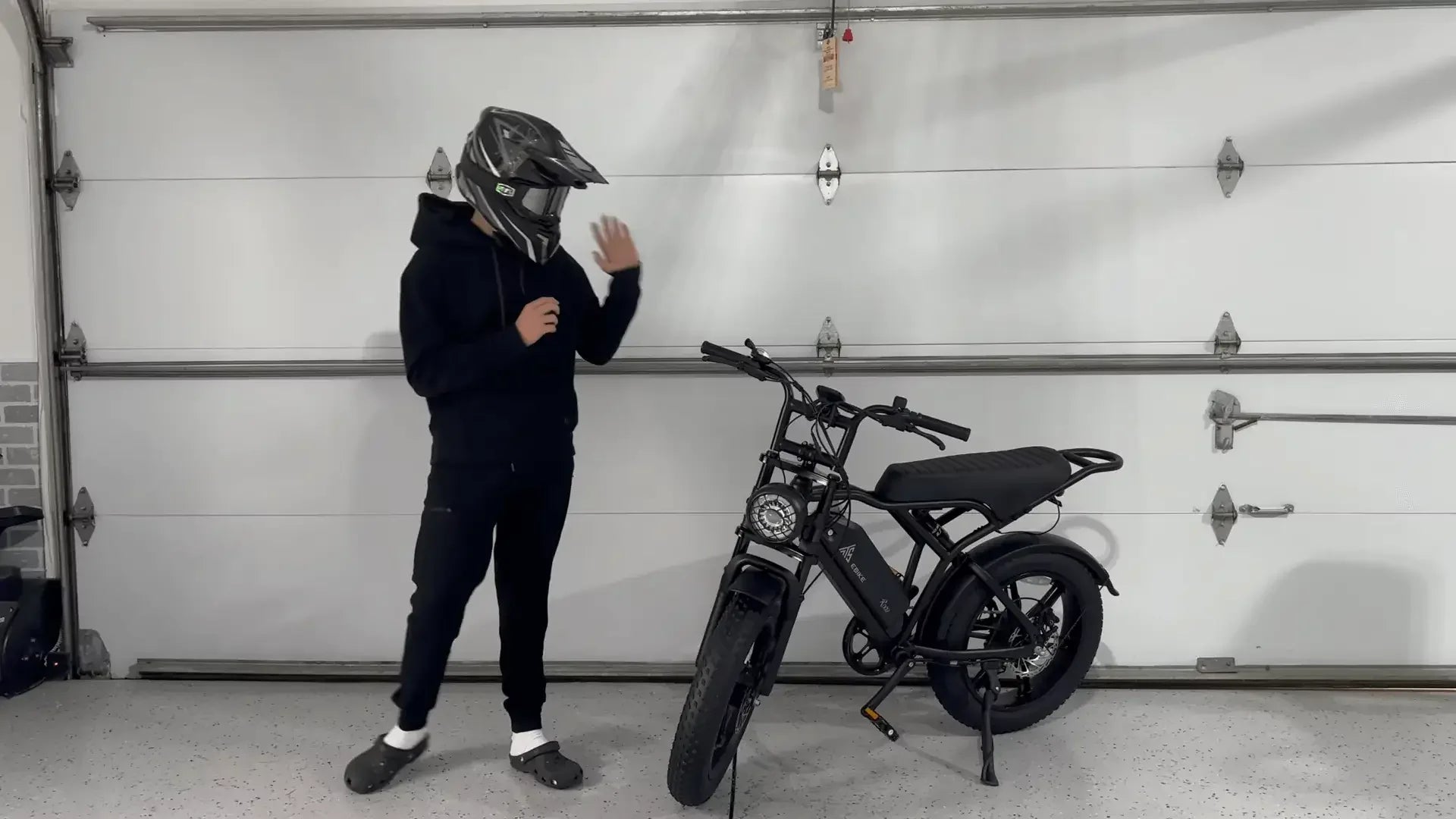
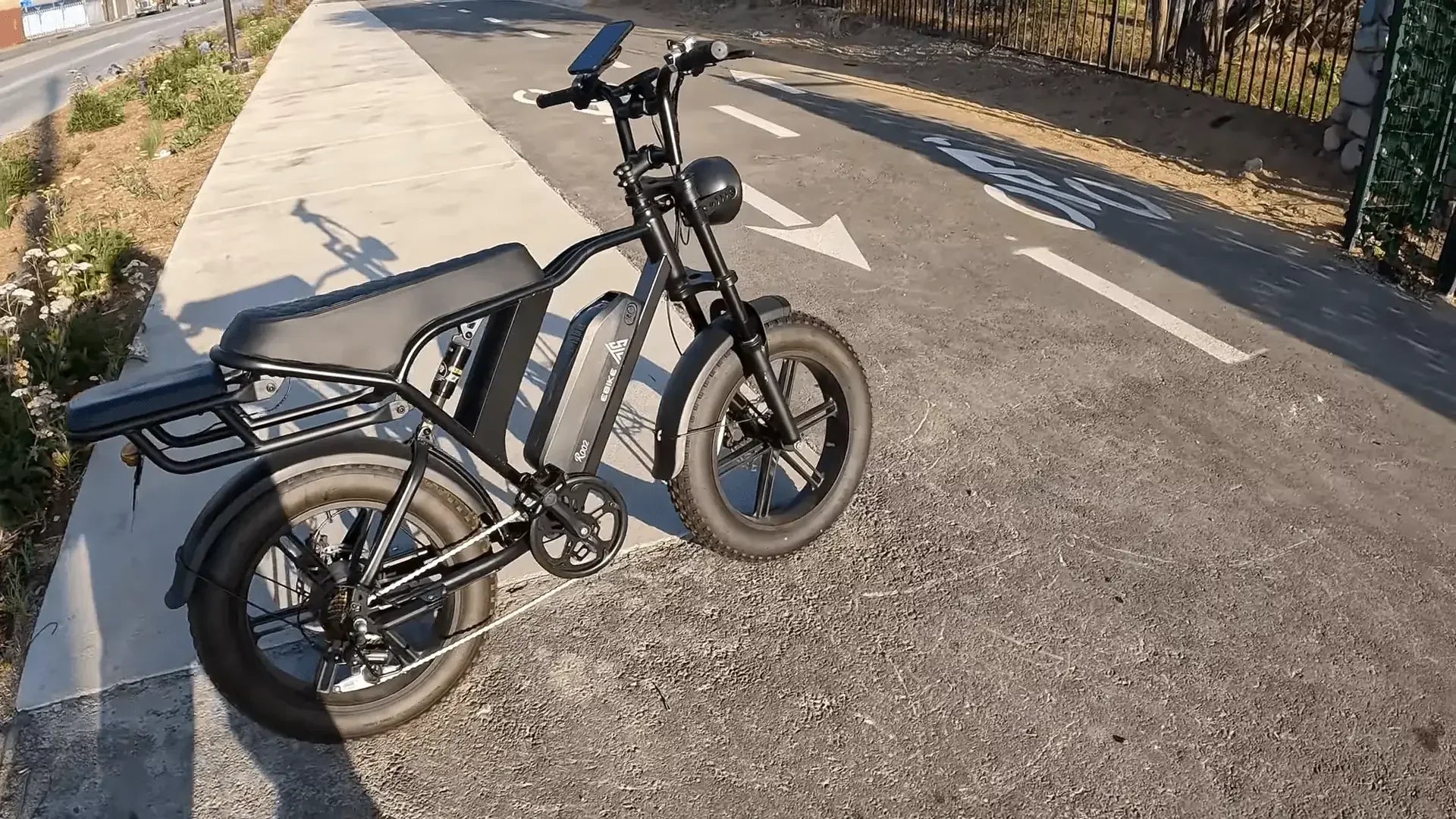
Leave a comment
This site is protected by hCaptcha and the hCaptcha Privacy Policy and Terms of Service apply.